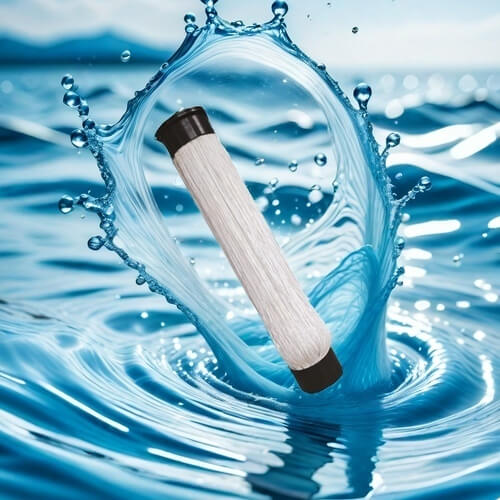What are the types and characteristics of water pollution?
The types and characteristics of water pollution are as follows:
1. Organic pollution: including organic matter in industrial wastewater, wastewater from farmland irrigation, urban sewage, etc. This pollution will cause the water body to turn black, produce odor, and contain a large amount of harmful substances, posing a threat to human health and the environment.
2. Sediment pollution: mainly comes from changes in urban construction and land use, such as road construction, urban expansion, etc. Sediments may contain harmful substances such as chemicals and heavy metals, which harm the ecological environment.

3. Agricultural pollution: mainly caused by aquaculture, pesticides, fertilizers, etc. This pollution will lead to eutrophication of water bodies, cause algal blooms, red tides and other phenomena, destroy the ecological balance, and deteriorate water quality.
4. Industrial pollution: mainly comes from industrial wastewater and waste gas emissions. Among them, heavy metals, chemicals, organic matter, etc. are harmful to human health and the environment.
5. Radioactive pollution: mainly caused by nuclear power generation, nuclear weapons testing, etc. This pollution will cause radioactive substances in water bodies to exceed the standard, posing a serious threat to human health.
Generally speaking, water pollution is characterized by its wide range of sources, various types, large impact area, and difficulty in governance. In order to effectively protect and rationally utilize water resources, it is necessary to take scientific governance measures, strengthen environmental monitoring and management, enhance public environmental awareness, and promote the concept of jointly building and sharing water resources throughout society.
